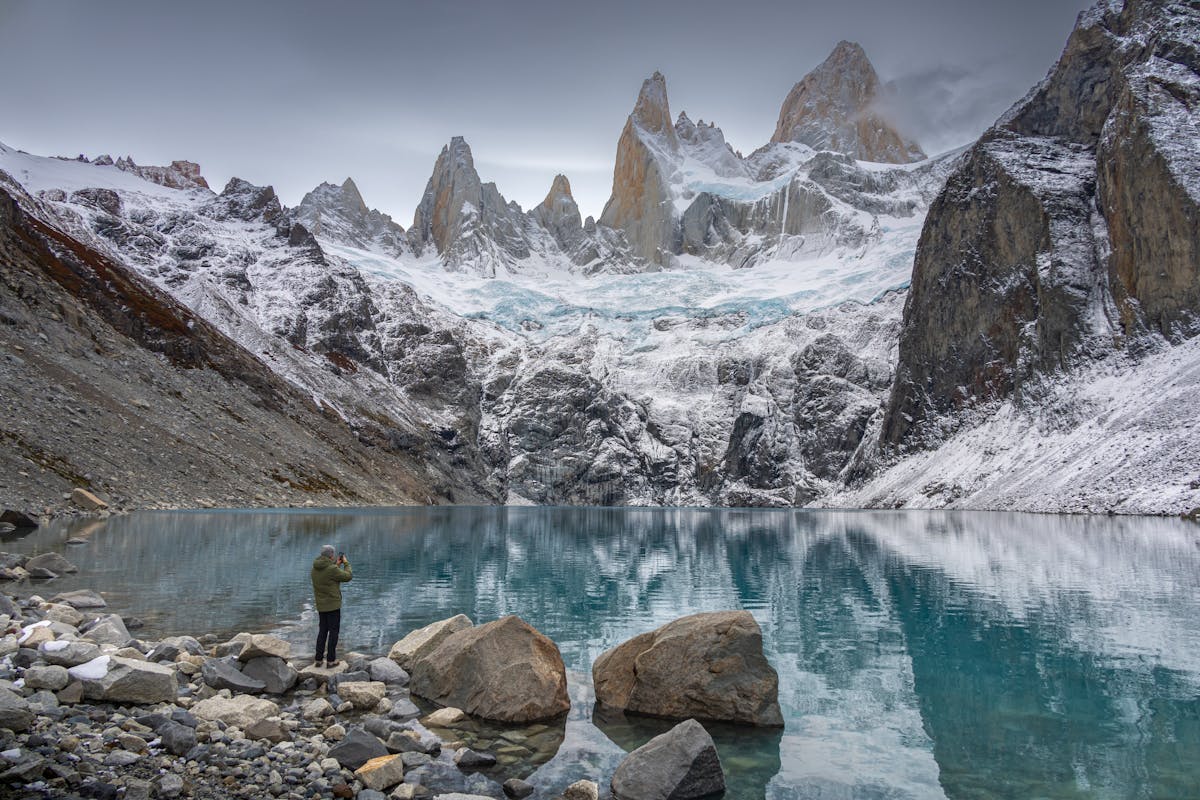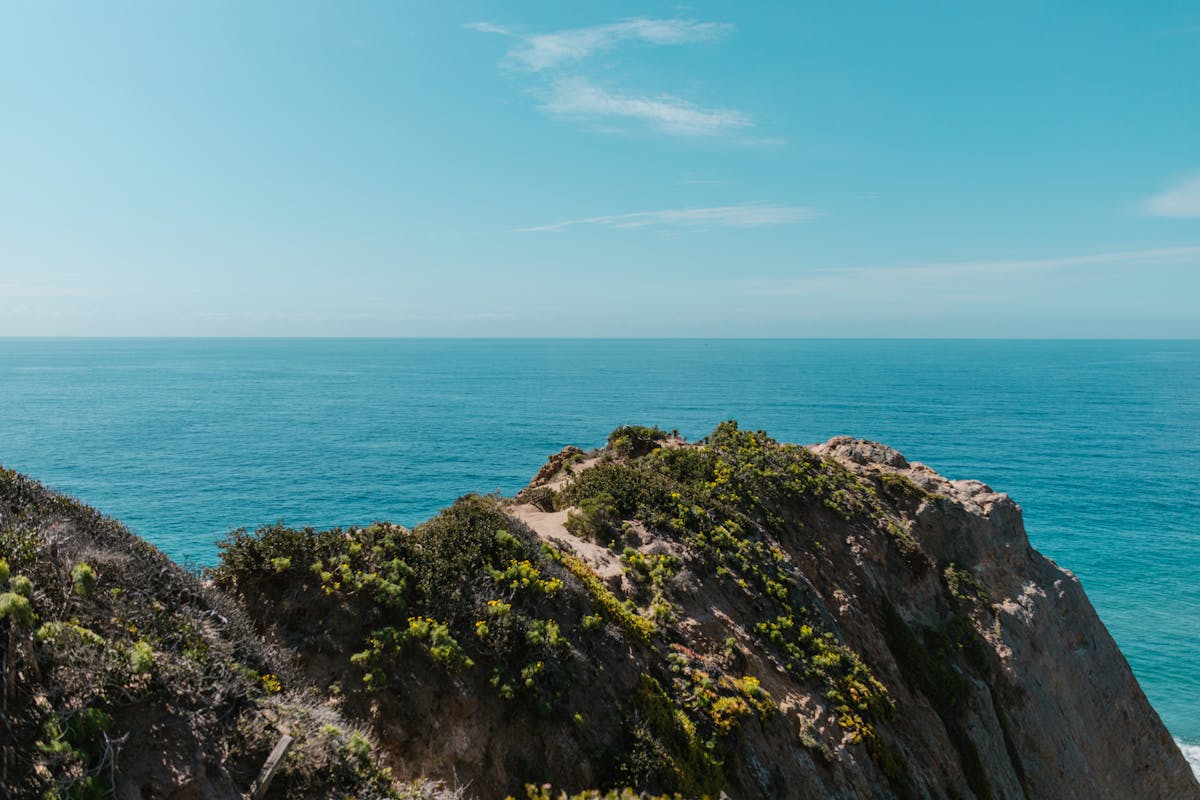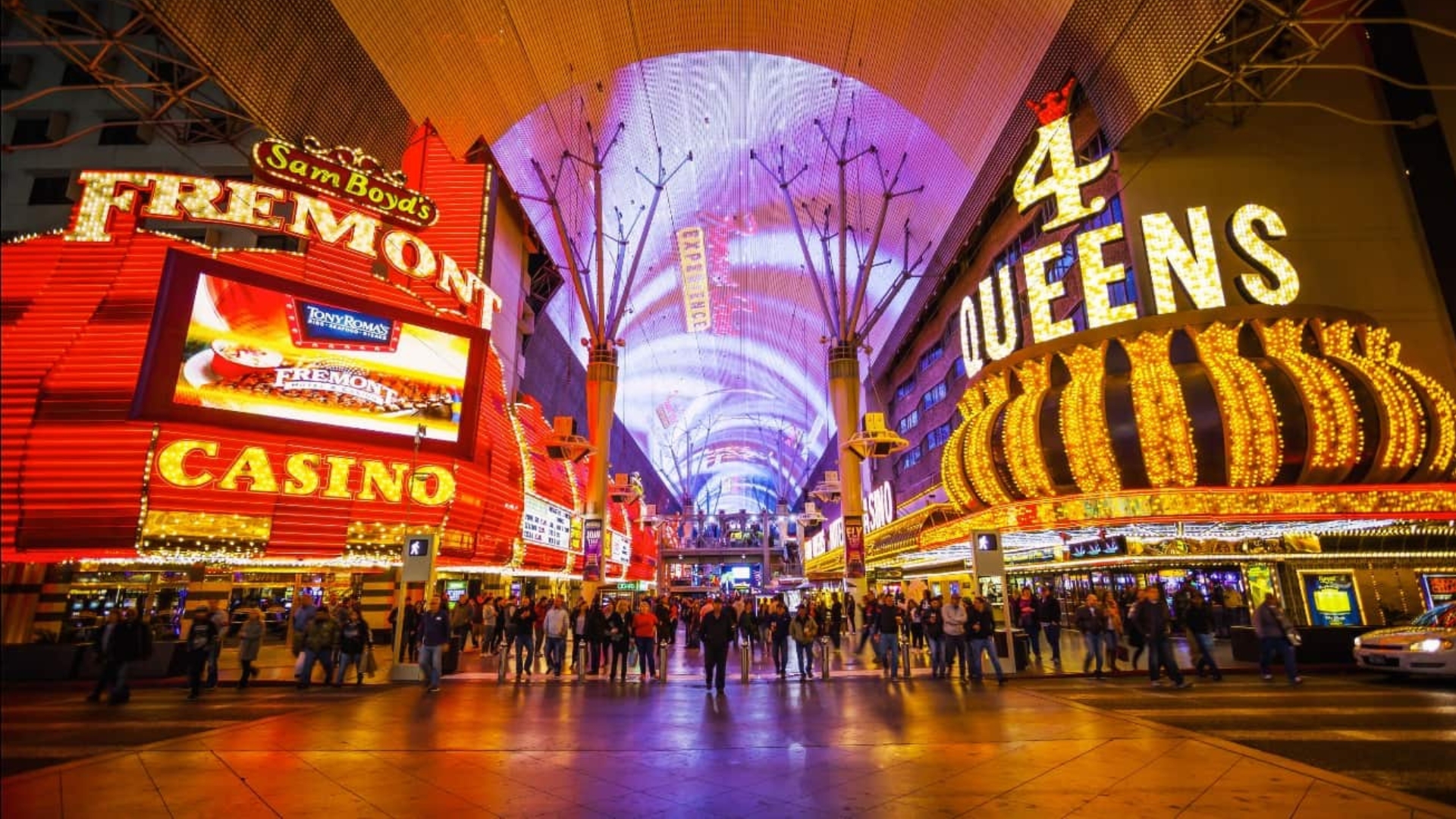Picture Supply: https://www.pexels.com/photo/herd-of-horse-green-grass-field-3739624/
Stretching across the southern reaches of South America, Patagonia is a land of extremes. Encompassing both Argentina and Chile, this vast and untamed region is a haven for adventurers seeking rugged landscapes, towering mountains, expansive glaciers, and pristine wilderness. Patagonia provides a multitude of life-changing experiences, whether you’re hiking through famous national parks, kayaking in glacier lakes, or taking in the local fauna.
Iconic Landscapes: Torres del Paine and Los Glaciares
Patagonia is home to some of the most breath-taking national parks in the world. The crown jewel of Chile is Torres del Paine National Park, which is well-known for its expansive grasslands, green lakes, and striking granite spires. The W Trek, a five-day hiking route, takes you through the park’s most iconic vistas, including Glacier Grey and the base of the Torres. For those seeking a shorter adventure, day hikes like Mirador Las Torres still offer an incredible taste of this natural wonder.
A UNESCO World Heritage Site on the Argentine side, Los Glaciares National Park enthralls tourists with its massive glaciers and untamed landscape. The park’s star attraction, the Perito Moreno Glacier, is a must-visit. Unlike most glaciers, Perito Moreno is advancing, creating spectacular ice calving displays as chunks of ice crash into the turquoise waters below. For a more active experience, consider a guided glacier trek or a boat tour to get up close to this icy giant.

Picture Supply: Pexels
Thrilling Adventures on Land and Water
Patagonia is synonymous with outdoor adventure. For hikers, the Fitz Roy Massif near El Chaltén in Argentina offers some of the most challenging and rewarding trails. The Laguna de los Tres hike provides an unparalleled view of Mount Fitz Roy, a peak that has become a symbol of Patagonia’s untamed beauty.
Kayaking and rafting enthusiasts will find no shortage of exhilarating waterways. The Futaleufú River in Chile is renowned for its crystal-clear waters and world-class rapids. For a more serene experience, paddle through the fjords and glacial lakes of the region, surrounded by towering peaks and untouched forests.
For those who prefer wheels to boots, mountain biking trails crisscross Patagonia’s diverse landscapes. Whether you’re traversing the rugged Carretera Austral in Chile or the scenic routes near Bariloche in Argentina, cycling offers a unique way to immerse yourself in the region’s beauty.
Wildlife Encounters
Patagonia’s diverse ecosystems are teeming with unique wildlife. In the southern regions, you’ll find colonies of Magellanic penguins, sea lions, and elephant seals along the coastline. The Valdés Peninsula in Argentina is a prime location for spotting orcas, southern right whales, and dolphins.
In the highlands, guanacos—a wild relative of the llama—graze on the open plains, while Andean condors soar above the peaks. Keep your eyes peeled for the elusive puma, which roams the remote regions of both Argentina and Chile. The diversity of animals, which includes the spectacular austral pygmy owl and colorful flamingos, will also please birdwatchers.
Cultural Highlights
Patagonia’s human history is as rich as its natural heritage. Indigenous groups such as the Tehuelche and Mapuche have lived in harmony with the land for centuries. To discover more about their customs, crafts, and fortitude in this hostile environment, visit nearby museums and cultural institutions.
The history of discovery in Patagonia is equally fascinating. Patagonia also has a fascinating legacy of exploration. Stop by the town of Puerto Natales in Chile, the gateway to Torres del Paine, or El Calafate in Argentina, where you’ll find museums dedicated to the region’s history and natural wonders. Savor traditional Patagonian cuisine, including slow-cooked lamb, fresh trout, and empanadas, paired with wines from nearby vineyards.
Planning Your Patagonian Adventure
Embarking on a journey to Patagonia requires thoughtful planning, but platforms like ORBITZ make the process seamless. From booking flights to securing accommodations in remote lodges or cozy hostels, ORBITZ helps you tailor your trip to suit your needs. You can also explore packages that combine multiple activities, ensuring you experience the best of what Patagonia has to offer.

Picture Supply: Pexels
The best time to visit Patagonia depends on your interests. Summer (December to February) is the most popular season, offering longer days and milder weather ideal for hiking and exploring. Autumn (March to May) brings fewer crowds and stunning foliage, while winter (June to August) transforms the landscape into a snowy wonderland perfect for skiing and quiet retreats.
Practical Tips for Travelers
Patagonia’s remoteness is part of its charm, but it also requires preparation. Pack layers to account for rapidly changing weather, and ensure your gear is suitable for rugged terrain. Transportation between destinations can be limited, so plan ahead and consider renting a car for flexibility.
Platforms like ORBITZ are invaluable for organizing your itinerary, from arranging guided tours to finding unique experiences such as glacier trekking or horseback riding. Having a reliable travel platform ensures you can focus on making memories without worrying about logistics.
Unforgettable Memories Await
Patagonia offers the ideal fusion of adventure, scenic beauty, and cultural diversity, making it a destination unlike any other. Whether you’re trekking through Torres del Paine, marveling at the Perito Moreno Glacier, or simply soaking in the serenity of its vast landscapes, Patagonia leaves an indelible mark on every traveler. With the help of platforms like ORBITZ, planning your Patagonian adventure is as thrilling as the journey itself.
So pack your sense of adventure, prepare for awe-inspiring vistas, and set out to discover why Patagonia is a bucket-list destination for explorers from around the globe.
Last modified: September 1, 2025












